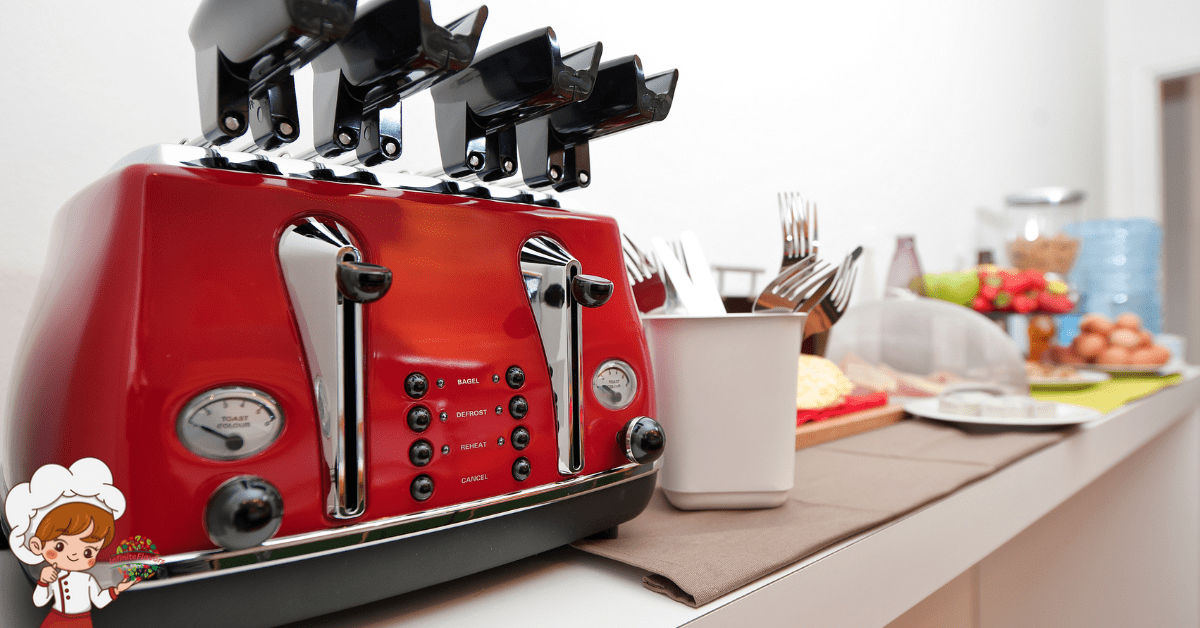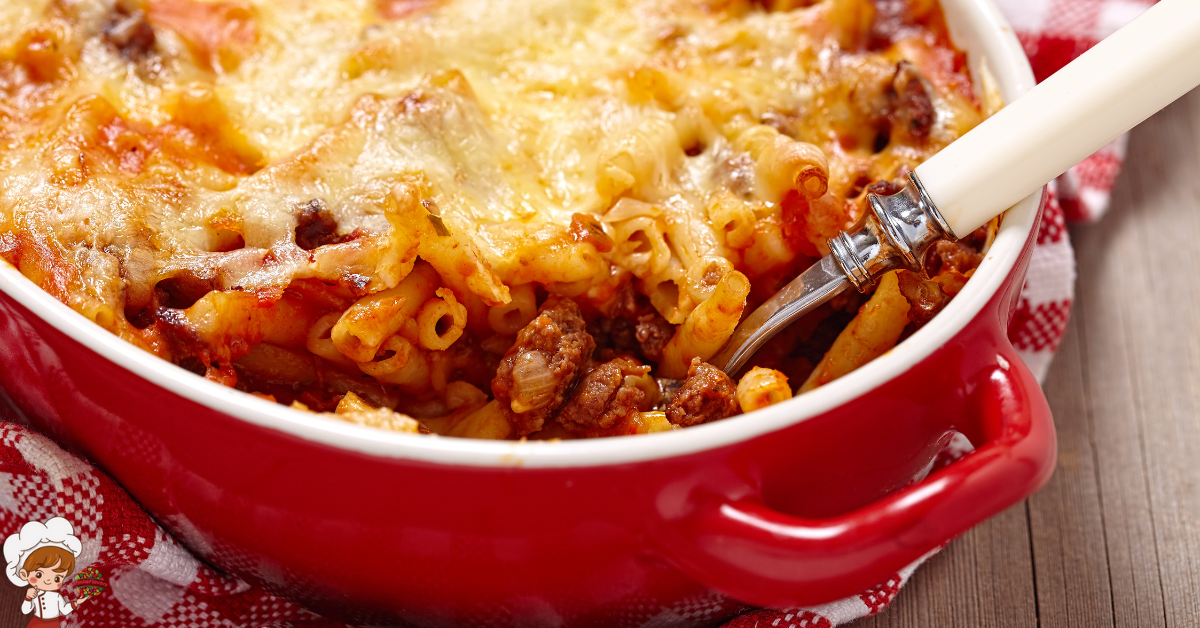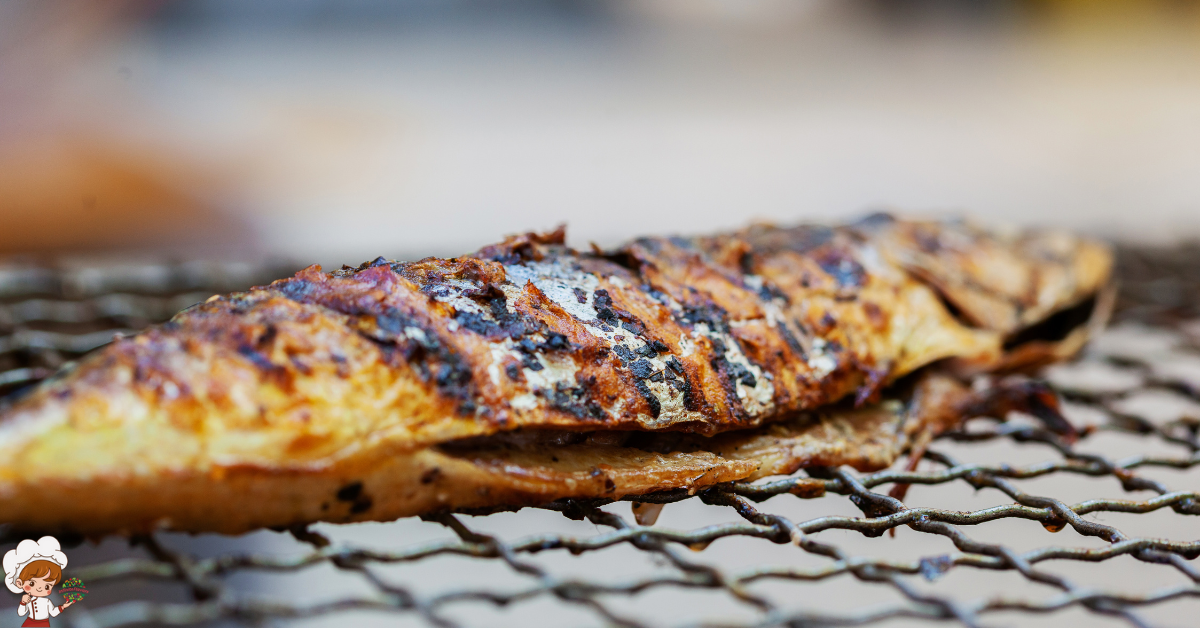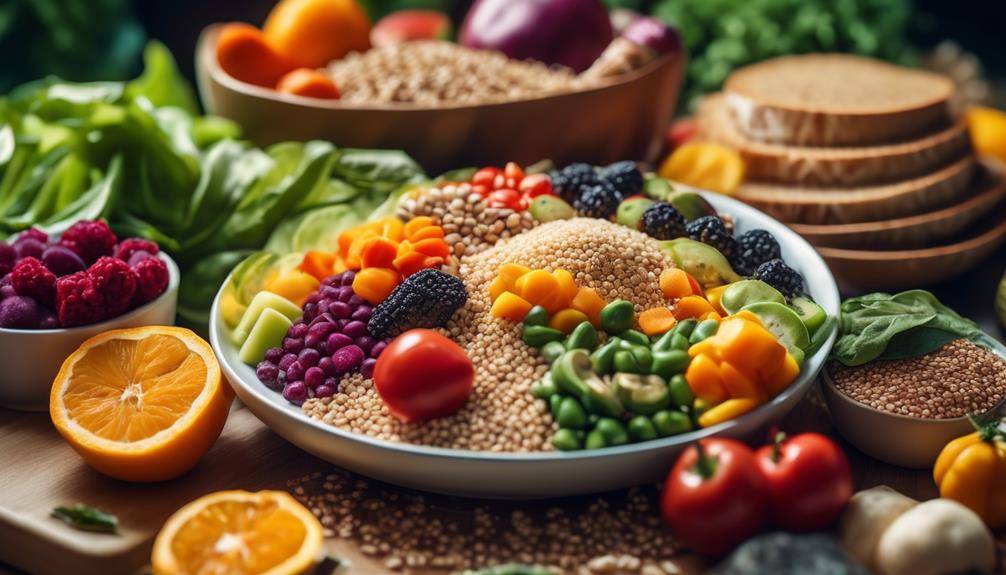How To Master Pastry Dough Lamination
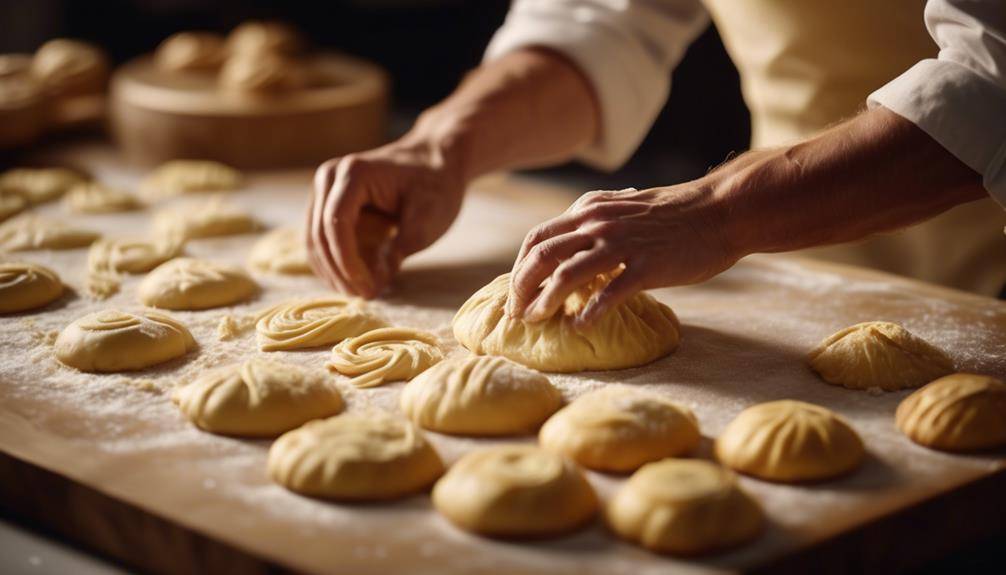
Master Pastry Dough Lamination; Did you know that mastering pastry dough lamination can take your baking skills to a whole new level? With the right techniques and a bit of practice, you can achieve those beautifully flaky croissants and perfectly layered puff pastries that you’ve always dreamed of. But where do you start? In this comprehensive guide, we will walk you through the process step by step, from understanding the importance of proper ingredients to troubleshooting common lamination issues. So, if you’re ready to elevate your pastry game and impress everyone with your baking prowess, get ready to unlock the secrets of pastry dough lamination.
Understanding Pastry Dough Lamination
To fully comprehend the intricate process of pastry dough lamination, you must first grasp the precise technique involved in layering butter between thin sheets of dough to create a flaky and buttery masterpiece. Proper lamination techniques are crucial in achieving the desired flaky texture that is characteristic of pastries like croissants and puff pastry.
The first step in proper lamination is to ensure that both the butter and the dough are at the correct temperature. The butter should be cold and firm, while the dough should be slightly chilled but pliable. This temperature contrast allows the butter to remain in distinct layers within the dough during the rolling and folding process.
To begin, roll out the dough into a rectangular shape, ensuring that it is of even thickness throughout. Next, place the cold butter in the center of the dough and fold the edges over to encase the butter completely. The goal is to create a butter “package” within the dough.
Once the butter is encased, the dough is ready for its first fold. Fold one-third of the dough over the center, then fold the remaining third on top. This creates three layers. Rotate the dough 90 degrees and repeat the rolling and folding process two more times, always ensuring that the edges are properly sealed.
The key to achieving a flaky texture lies in the consistent rolling and folding of the dough. This process creates countless layers of butter and dough, resulting in the characteristic flakiness when baked. It is important to maintain the integrity of these layers by handling the dough gently and refrigerating it between each fold to keep the butter cold.
Understanding the proper lamination techniques is essential for achieving the desired flaky texture in pastry dough. With practice and attention to detail, you can create buttery and flaky masterpieces that will leave your taste buds begging for more.
Importance of Proper Ingredients
Using the correct ingredients is of utmost importance when it comes to achieving the desired texture and flavor in pastry dough lamination. The importance of quality ingredients cannot be overstated. Each ingredient plays a crucial role in the final outcome of the pastry dough lamination process.
First and foremost, the quality of the flour used is essential. A high-quality flour with a proper protein content is necessary to provide the structure and strength to the dough. It is recommended to use a flour with a protein content of around 10-12% for pastry dough lamination. This ensures that the dough has enough gluten to create those flaky layers that are characteristic of laminated pastries.
Another important ingredient is the fat, usually in the form of butter. It is crucial to use a high-quality butter with a high fat content. The fat is responsible for creating the layers in the dough through the process of lamination. The higher the fat content, the more tender and flaky the pastry will be.
Accurate measurement of ingredients is equally important. Precision in measuring the ingredients ensures consistency in the final product. Use a scale to measure the ingredients by weight rather than relying solely on volume measurements. This helps to maintain the proper ratios of flour to fat, resulting in a well-balanced dough.
Types of Pastry Dough for Lamination
Now let’s explore the various types of pastry dough that are suitable for lamination. First, there are different options for puff pastry, each with its own unique characteristics and flavor profiles. Next, we have a range of croissant dough variations, each offering a distinct texture and taste. Lastly, there are a variety of Danish pastry options, known for their delicate layers and sweet fillings. Understanding the differences between these pastry dough types will allow you to create the perfect laminated pastries for your desired outcome.
Puff Pastry Options
There are several choices available for the types of pastry dough that can be used in the lamination process for puff pastry. These options provide versatility and allow for different variations of puff pastry to be created. Here are three common types of pastry dough used for puff pastry:
- Traditional Puff Pastry: This is the classic version, made by folding layers of butter into a basic dough. It results in a light and flaky texture, perfect for both sweet and savory applications.
- Rough Puff Pastry: If you’re short on time, rough puff pastry is a great option. It is made by incorporating small pieces of cold butter into the dough, resulting in a slightly less flaky texture compared to traditional puff pastry.
- Blitz Puff Pastry: This variation is a quicker alternative to traditional puff pastry. It involves incorporating butter into the dough using a food processor, resulting in a flaky texture with less layering.
These pastry dough options provide a range of textures and flavors, making them suitable for various puff pastry fillings and culinary creations.
Croissant Dough Variations
For croissant dough variations, there are several types of pastry dough that can be used for lamination, each offering unique textures and flavors. Traditional croissant dough is made with a combination of flour, butter, yeast, sugar, salt, and water. This classic dough produces a light, flaky texture and a buttery flavor. However, you can experiment with different flavors by adding ingredients like chocolate, almond paste, or fruit preserves to the dough.
These variations can create croissants with a delightful twist. Additionally, you can get creative with the shapes of your croissants. While the classic crescent shape is popular, you can also make mini croissants, filled croissants, or even croissant-wrapped sandwiches. The possibilities are endless when it comes to croissant dough variations.
Danish Pastry Varieties
To explore the variety of Danish pastry dough options for lamination, let’s now dive into the world of different types of pastry dough that can be used to create delicious and flaky Danish pastries.
- Traditional Danish dough: This dough is made by combining flour, sugar, salt, yeast, eggs, milk, and butter. It is then laminated with layers of butter to create a light and airy texture. This classic dough is perfect for creating traditional Danish pastries like cinnamon rolls and raisin snails.
- Almond Danish dough: This variation adds ground almonds to the traditional dough, giving it a nutty flavor and a slightly denser texture. Almond Danish pastries are often filled with almond paste or frangipane and topped with sliced almonds for an extra crunch.
- Chocolate Danish dough: For chocolate lovers, this dough incorporates cocoa powder into the traditional dough recipe. The result is a rich and decadent pastry that can be filled with chocolate ganache or Nutella for a double dose of chocolate goodness.
Choosing the Right Flour
When it comes to choosing the right flour for your pastry dough lamination, there are several factors to consider. First, you need to understand the different types of flour available, such as all-purpose, bread flour, and pastry flour, and their specific characteristics. Second, knowing the desired texture and structure of your final product will help you determine the ideal flour for your lamination process. Finally, consider factors like protein content, gluten development, and moisture absorption when selecting the right flour for your pastry dough lamination.
Types of Flour
To choose the right flour for your pastry dough lamination, you must consider its protein content, gluten development potential, and overall texture requirements. Here are three types of flour commonly used in pastry dough lamination:
- All-Purpose Flour: This versatile flour, with a protein content of around 10-12%, is suitable for most pastry doughs. It provides a good balance between tenderness and structure.
- Bread Flour: With a higher protein content of 12-14%, bread flour is ideal for laminated doughs that require more gluten development and strength. It produces a flakier and chewier pastry.
- Cake Flour: With a lower protein content of 6-8%, cake flour is perfect for delicate and tender pastries. It yields a light and soft texture, making it ideal for laminated doughs like croissants.
When choosing flour for your pastry dough lamination, consider the desired texture and structure of your final product to ensure the best results.
Flour Characteristics
Consider the key characteristics of different types of flour to ensure the best results when choosing the right flour for your pastry dough lamination. When it comes to flour, two important factors to consider are the types of gluten and the protein content. Different types of flour contain varying amounts of gluten, which affects the structure and texture of the pastry dough. Flours with higher gluten content, such as bread flour, provide more elasticity and strength, making them ideal for laminated doughs that require a sturdy structure. On the other hand, flours with lower gluten content, like cake flour, result in a more tender and delicate pastry.
Additionally, the protein content of the flour determines its ability to form gluten. Higher protein flours, like all-purpose flour, produce more gluten, while lower protein flours, such as pastry flour, produce less. By understanding these flour characteristics, you can choose the right flour for your pastry dough lamination, ensuring the desired texture and structure of your pastries.
Flour Selection Tips
To choose the right flour for your pastry dough lamination, carefully evaluate the unique characteristics and properties of different types of flour. Here are some tips to help you select the perfect flour:
- All-purpose flour: This versatile flour is a good choice for general pastry dough lamination. It has a moderate protein content, which provides structure and strength to the dough.
- Bread flour: If you want a flakier and more robust pastry, bread flour is a great option. It has a higher protein content, resulting in a stronger gluten network and a chewier texture.
- Cake flour: For delicate and tender pastries, cake flour is the way to go. It has a lower protein content, producing a lighter and softer texture.
Incorporating Butter for Flakiness
Incorporate the butter into the pastry dough to achieve a flaky texture that will elevate the quality of your baked goods. The temperature of the butter is crucial in achieving the desired results. It should be cool, but not too cold, as it needs to be pliable enough to spread evenly throughout the dough. If the butter is too cold, it will be difficult to incorporate and may result in uneven layers. On the other hand, if the butter is too warm, it will melt too quickly during the lamination process, resulting in a less flaky texture.
To incorporate the butter, there are several techniques you can use. One popular method is called the “cut-in” method. In this technique, you cut the butter into small pieces and then use a pastry cutter or your fingertips to cut it into the flour. The goal is to create small, pea-sized pieces of butter that will create pockets of steam during baking, resulting in a flaky texture.
Another technique is called the “grate and fold” method. In this method, you freeze the butter and then grate it using a box grater. The grated butter is then folded into the flour using a pastry scraper or your hands. This method ensures even distribution of the butter throughout the dough.
Regardless of the technique you choose, it is essential to work quickly and efficiently to prevent the butter from melting. Once the butter is incorporated, the dough can be rolled and folded to create layers. Remember, the key to achieving flakiness is to have distinct layers of butter and dough. So, take your time and be precise in your butter incorporation technique.
The Role of Water in Lamination
To achieve the desired flaky texture in pastry dough lamination, an understanding of the role of water is essential. Water plays a crucial role in the hydration process of the dough, affecting its texture and overall quality. Here are three key points to consider regarding the water content in lamination:
- Water content: The amount of water used in the lamination process directly affects the final texture of the pastry. Too little water can result in dry and crumbly dough, while too much water can make it sticky and difficult to work with. Achieving the right water content is crucial for proper gluten development and the formation of distinct layers.
- Hydration process: The hydration process involves incorporating water into the dough, allowing it to be absorbed by the flour. This process activates gluten development and promotes the formation of a cohesive dough. It is important to add water gradually, ensuring that it is evenly distributed throughout the dough. Proper hydration ensures that the dough will be pliable and easy to work with during rolling and folding.
- Water temperature: The temperature of the water used in lamination also plays a significant role. Cold water is typically preferred as it helps maintain the desired consistency of the butter within the dough. The cool temperature prevents the butter from melting prematurely, ensuring that it remains in distinct layers during the folding process. It is important to note that using water that is too warm can compromise the integrity of the butter layers, resulting in a less flaky pastry.
Understanding the role of water in lamination is crucial for achieving the desired flaky texture in pastry dough. By carefully controlling the water content, following the hydration process accurately, and using the appropriate water temperature, you can ensure that your laminated dough will have the perfect balance of flakiness and tenderness.
Understanding the Folding Technique
Understanding the folding technique is crucial for achieving optimal layer formation and texture in laminated pastry dough. The folded dough technique is a fundamental step in the process of creating flaky layers. It involves repeatedly folding the dough over itself to create multiple layers, resulting in a light and airy final product.
To begin the folding technique, start by rolling out the dough into a rectangular shape. Fold the bottom third of the dough upward, then fold the top third downward, overlapping the previous fold. This creates three layers of dough. Rotate the dough 90 degrees and repeat the process. This time, you will fold the left third of the dough over the center, then fold the right third over it, again creating three layers. These folds can be referred to as a single turn.
The number of turns required depends on the recipe and desired outcome. In general, three to four turns are recommended for achieving optimum flakiness. Each turn should be followed by a resting period in the refrigerator, allowing the gluten to relax and the dough to chill. This helps in achieving a tender and delicate texture.
During each turn, care should be taken not to overwork the dough. Overmixing can result in tough and dense layers. It is important to handle the dough gently and avoid pressing down too hard while rolling or folding.
Tips for Rolling Out the Dough
When rolling out your pastry dough, there are several key tips to keep in mind to ensure optimal results. Follow these guidelines for successful rolling techniques and to maintain the desired dough elasticity:
- Use a lightly floured surface: Dust your work surface with a small amount of flour to prevent the dough from sticking. However, be cautious not to add too much flour, as it can alter the texture of the dough and make it dry.
- Roll from the center outwards: Start rolling the dough from the center and gradually work your way outwards. This technique ensures even thickness and prevents uneven stretching or tearing of the dough.
- Rotate the dough: Regularly rotate the dough by 90 degrees while rolling. This ensures that the dough is rolled uniformly and prevents it from sticking to the surface. It also helps to maintain a consistent thickness throughout.
To achieve the desired results, it is crucial to understand the importance of rolling techniques and dough elasticity. Proper rolling techniques ensure that the dough is rolled evenly, preventing any thin or thick spots. It also helps to maintain the dough’s elasticity, which is essential for achieving the desired flaky texture. By rolling from the center outwards and rotating the dough, you can ensure that the dough is evenly rolled and prevent any sticking or tearing.
Maintaining the dough’s elasticity is crucial for successful lamination, as it allows the dough to stretch and expand during the folding process. This elasticity results in distinct layers of fat and dough, creating the flaky texture that is characteristic of laminated pastries. Therefore, by following these rolling tips and understanding the importance of dough elasticity, you can master the art of pastry dough lamination and create delectable pastries with ease.
Creating Proper Layering
To achieve proper layering in your pastry dough, you must focus on three key points: layer thickness control, folding techniques, and butter distribution techniques. Layer thickness control involves rolling the dough to a consistent thickness to ensure even layers. Folding techniques, such as the book fold or envelope fold, help create multiple layers within the dough. Lastly, butter distribution techniques, like using grated or cubed butter, ensure that the fat is evenly distributed throughout the dough, leading to flaky and well-defined layers.
Layer Thickness Control
For precise and consistent layer thickness control in pastry dough lamination, ensure that each layer is rolled out to the desired thickness using a rolling pin or a dough sheeter. This step is crucial in achieving consistent layers throughout the laminated dough. Here are three key techniques to help you achieve the desired layer thickness:
- Measurements: Use a ruler or dough thickness guide to accurately measure the thickness of each layer. This will ensure uniformity and help you achieve the desired thickness.
- Even Pressure: Apply an even pressure while rolling out the dough to prevent uneven thickness. Start from the center and work your way outwards, maintaining consistent pressure throughout.
- Chilling: After rolling out each layer, chill it in the refrigerator for a few minutes. This will allow the gluten to relax and prevent the dough from shrinking during the lamination process.
Folding Techniques
To create proper layering in pastry dough lamination, employ folding techniques that ensure the desired outcome. These techniques involve rolling and shaping methods that contribute to the formation of distinct layers in the dough. When folding the dough, begin by rolling it out to a specific thickness using rolling techniques such as the single fold or book fold. This involves folding the dough in thirds, like a letter, to create multiple layers.
Repeat this process several times, rotating the dough each time, to promote even layering. Additionally, shaping methods can be used to enhance the final result. For example, shaping the dough into a rectangle before folding can help achieve uniform layers. By carefully executing these folding techniques, you will achieve the perfect layering in your pastry dough lamination.
Butter Distribution Techniques
Proper butter distribution techniques are essential for creating the desired layering in pastry dough lamination. Achieving a flaky texture requires precise and careful handling of the butter during the lamination process. Here are some butter distribution tips to help you achieve the perfect layers in your pastry dough:
- Cold butter: Start with cold butter, as it is easier to distribute evenly throughout the dough. This ensures that the layers of butter remain intact during the lamination process.
- Grating or cubing: Grate or cube the cold butter before incorporating it into the dough. This allows for easier distribution and ensures that the butter is evenly dispersed.
- Layering: Layer the grated or cubed butter evenly over the dough during the folding process. This helps to create distinct layers and promotes the formation of flaky pastry.
Resting and Chilling the Dough
Resting and chilling the dough is a crucial step in the pastry dough lamination process, allowing for optimal gluten relaxation and butter solidification. Proper resting techniques ensure that the gluten strands in the dough have time to relax, resulting in a more tender and flaky pastry. Chilling the dough helps to solidify the layers of butter, ensuring that they remain distinct and create those desirable flaky layers.
To rest the dough, simply cover it with plastic wrap and let it sit at room temperature for about 30 minutes. This allows the gluten to relax, making it easier to roll out the dough later on. During this resting period, the dough will also become more elastic and easier to handle.
After the resting period, it’s time to chill the dough. There are different chilling methods you can use, depending on your needs and time constraints. One method is to wrap the dough in plastic wrap and refrigerate it for at least an hour, or up to overnight. This method allows the dough to firm up and the butter to solidify, making it easier to roll out and shape.
Another method is to freeze the dough for a shorter amount of time, usually around 20-30 minutes. Freezing the dough helps to quickly firm up the butter and keep the layers distinct. This method is especially useful if you’re short on time or need to work with a dough that is particularly soft or warm.
Resting and chilling the dough are essential steps in the pastry dough lamination process. By allowing the gluten to relax and the butter to solidify, you are setting yourself up for success in creating deliciously flaky and tender pastries. So don’t rush these steps – take the time to rest and chill the dough properly for the best results.
Achieving Even Thickness
After allowing the dough to rest and chill, the next step in achieving successful pastry dough lamination is ensuring even thickness throughout the dough. This is essential for creating uniform layers that will result in a light and flaky pastry. To achieve even thickness, you must pay attention to the following:
- Rolling Pin: Use a rolling pin with even weight distribution to apply consistent pressure across the dough. This will prevent uneven thickness and ensure that the layers are evenly compressed.
- Rolling Technique: Start rolling the dough from the center and work your way outwards in all directions. This will help maintain an even thickness and prevent the edges from becoming thinner than the center.
- Regular Turning: As you roll the dough, periodically lift and turn it to prevent sticking and ensure that it is evenly rolled. This helps maintain consistent thickness throughout the dough.
Troubleshooting Thickness:
- Uneven Edges: If you notice that the edges are thicker than the center, gently stretch them out with your fingers. Be careful not to tear the dough, but rather redistribute the thickness to achieve an even layer.
- Thin Spots: If you find thin spots in the dough, lightly dust them with flour and use a gentle touch to roll over them. This will help build up the thickness and ensure even layers.
- Measurement: Use a ruler or a dough thickness guide to measure the thickness of the dough as you roll it. This will help you achieve the desired thickness for your recipe.
Baking Temperature and Time
To ensure optimal results, carefully consider the baking temperature and duration for your pastry dough. Baking the dough at the right temperature and for the appropriate amount of time is crucial for achieving the desired texture, color, and flavor. When it comes to baking techniques for laminated dough, such as croissants or puff pastry, it is important to strike a balance between achieving a golden, flaky crust and ensuring that the interior is fully cooked.
The baking temperature for pastry dough depends on various factors, including the type of dough and its desired outcome. Generally, a temperature of around 400-425°F (200-220°C) is recommended to ensure even browning and a crisp exterior. However, it is essential to monitor the dough during baking and adjust the temperature if needed. If the dough is browning too quickly, you can lower the temperature slightly to prevent over-browning.
The baking time for pastry dough also varies depending on its thickness and hydration level. Thicker dough requires longer baking times to ensure that the interior is fully cooked. On the other hand, thinner dough may require shorter baking times to prevent burning or drying out. It is important to follow the recipe instructions and keep a close eye on the dough while it bakes. You can use visual cues, such as a golden brown color and a flaky texture, to determine when the dough is ready.
Additionally, dough hydration plays a role in baking temperature and time. Higher hydration dough tends to require longer baking times to ensure that the excess moisture evaporates and the dough becomes crisp and flaky. Conversely, lower hydration dough may require shorter baking times to prevent excessive drying out.
Troubleshooting Lamination Issues
If you are experiencing issues with the lamination of your pastry dough, there are several troubleshooting steps you can take to identify and resolve the problem.
- Troubleshooting Butter Melting:
- Ensure that your butter is at the correct temperature. If it is too warm, it will melt into the dough, resulting in a loss of layers. Keep your butter chilled until just before incorporating it into the dough.
- Use the correct technique for incorporating the butter. If you are using the “fold and roll” method, make sure to fold the butter into the dough properly, without overworking it. Overworking the dough can cause the butter to melt and become absorbed.
- Avoid excessive handling of the dough. The warmth from your hands can cause the butter to melt. Work quickly and efficiently to minimize contact with the dough.
- Preventing Dough from Sticking:
- Use an appropriate amount of flour when rolling out the dough. Too much flour can make the dough dry and tough, while too little can cause it to stick to the surface and tear. Sprinkle a light dusting of flour on the work surface and on top of the dough to prevent sticking.
- Keep the dough and work surface cool. If the dough becomes too warm, it can become sticky and difficult to handle. Place the dough in the refrigerator to chill before rolling it out.
- Use a good quality rolling pin. A rolling pin with a smooth surface will help prevent the dough from sticking. If necessary, lightly flour the rolling pin before using it.
Enhancing Flavors With Fillings and Toppings
To enhance the flavors of your pastry dough, consider incorporating a variety of delicious fillings and toppings. The use of flavorful fillings can take your pastries to the next level, adding depth and complexity to the overall taste. When choosing fillings, it is important to consider the texture, sweetness, and compatibility with your pastry dough. Some popular flavorful fillings include fruit preserves, chocolate ganache, almond cream, and pastry cream.
Fruit preserves can provide a burst of fruity sweetness, while chocolate ganache adds a rich and indulgent element. Almond cream, made from ground almonds, sugar, and butter, offers a nutty and creamy taste. Pastry cream, a classic filling made from milk, eggs, sugar, and vanilla, adds a smooth and velvety texture to your pastries.
In addition to fillings, creative toppings can elevate the flavors of your pastries. Toppings can provide visual appeal and add a complementary taste to the overall pastry. Consider using toppings such as sliced almonds, powdered sugar, caramelized sugar, or even a drizzle of chocolate. Sliced almonds can add a crunchy texture and a nutty flavor, while powdered sugar adds a touch of sweetness and a delicate finish. Caramelized sugar, with its rich and deep flavor, can bring a hint of caramel to your pastries. A drizzle of chocolate, whether dark, milk, or white, can add a luxurious and decadent touch.
Master Pastry Dough Lamination; Frequently Asked Questions
Can I Use Gluten-Free Flour for Pastry Dough Lamination?
Yes, you can use gluten-free flour for pastry dough lamination. However, it may require some adjustments in terms of texture and elasticity. Experiment with different gluten-free flour alternatives and follow best practices for gluten-free lamination techniques.
Can I Substitute Margarine for Butter in Pastry Dough Lamination?
Yes, you can substitute margarine for butter in pastry dough lamination. However, using butter has its benefits. It adds flavor, richness, and a flakier texture to the dough, making it a preferred choice for many pastry chefs.
How Can I Prevent the Dough From Sticking to the Rolling Pin?
To prevent sticking when rolling pastry dough, use these rolling techniques. First, lightly flour your work surface and rolling pin. Apply gentle, even pressure when rolling, and periodically lift and rotate the dough to prevent it from sticking.
Can I Use Different Types of Sugar in the Dough for Flavor Variations?
You can experiment with different sugar types for flavor variations in your laminated dough. Try using alternative sweeteners to create unique tastes and textures in your pastries.
What Can I Do if My Laminated Dough Is Not Rising Properly During Baking?
If your laminated dough isn’t rising properly during baking, there are a few troubleshooting tips to consider. Check your yeast for freshness, ensure proper proofing time, and avoid overproofing. Additionally, make sure the temperature and humidity in your baking environment are optimal.
Conclusion
In conclusion, mastering pastry dough lamination requires attention to detail and precision. Understanding the importance of proper ingredients, choosing the right flour, and incorporating butter for flakiness are crucial steps in achieving the desired results. Ensuring even thickness, baking at the appropriate temperature and time, and troubleshooting any lamination issues are also important factors to consider. Additionally, enhancing flavors with fillings and toppings can take your pastry dough lamination to the next level. With practice and patience, you can perfect this technique and create delicious and visually appealing pastries.




